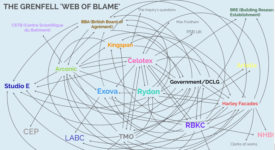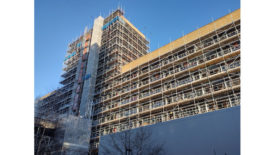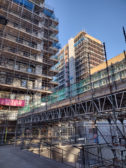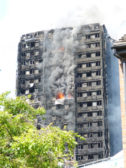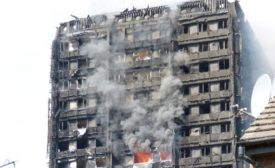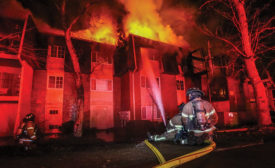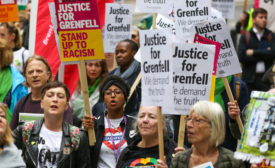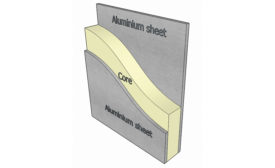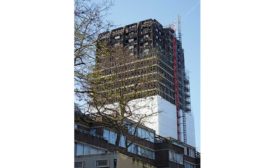Home » Keywords: » Grenfell Tower
Items Tagged with 'Grenfell Tower'
ARTICLES
Grenfell Tower Regulations Still Coming
Author of safety rules speaks about infrastructure and coronavirus
Read More
Fire Safety
Grenfell Fire Probe Faults Cladding as Replacement Projects Lag
UK Prime Minister isn't satisfied with pace at which hazardous panels are removed
Read More
Building Safety
Cladding Fire Tests Stir Worry Two Years After Grenfell Tower Tragedy
Do calorie measures matter as much as full-scale mock-ups?
Read More
The latest news and information
#1 Source for Construction News, Data, Rankings, Analysis, and Commentary
JOIN ENR UNLIMITEDCopyright ©2024. All Rights Reserved BNP Media.
Design, CMS, Hosting & Web Development :: ePublishing
